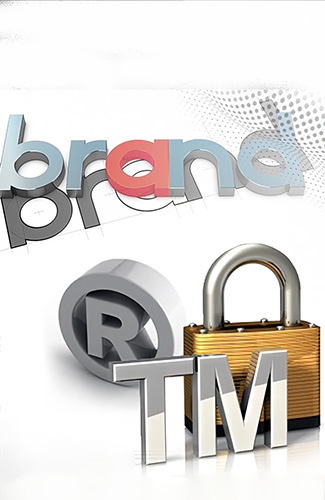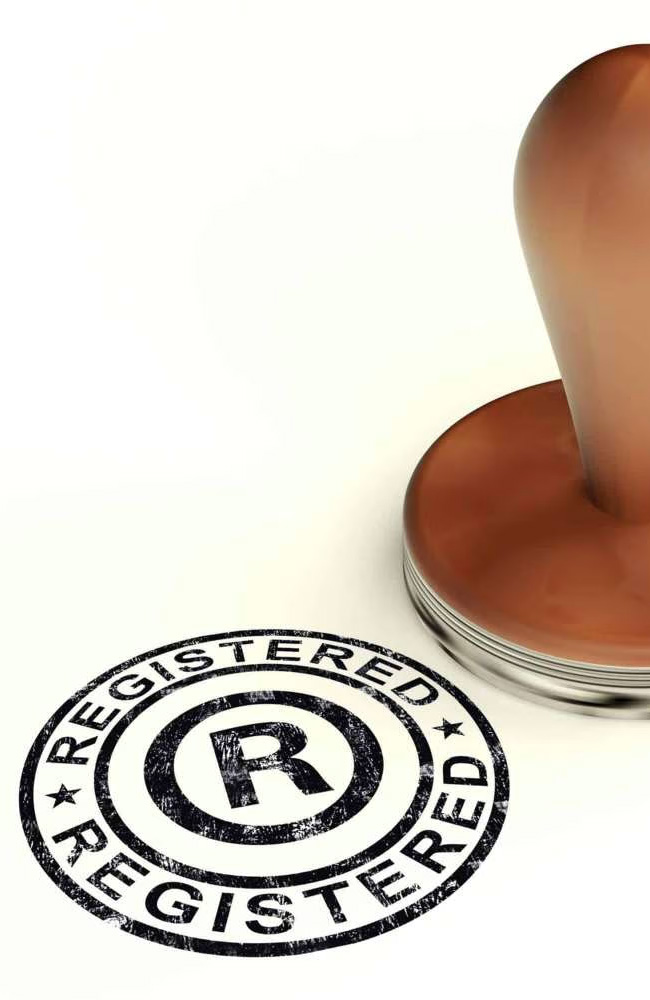BRAND REGISTRATION For many businesses, a brand is not just a logo or a nam, rather it is one of the company’s most important assets. The brand is a mirror of your hard-worked reputation So it is a representation of everything your customers are coming to you for.
But what if a competitor copies what you’ve been working on for so long?
Don’t worry, there’s a solution! Only by BRAND REGISTRATION will you get a legal tool that protects your brand.
You own the brand and no one else so When you spend time and money building a company’s brand, legal protection should be a given.
You will be unique! A trademark will help keep competitors from copying your brand and profiting from it. Often all you have to do is refer to your trademark registration, and the other side will back down.
A registered company name is not enough! The company’s registered name in the commercial register only prevents the creation of another company with the same or similar name. However, a brand consists of other elements (logo, colours, slogan, etc.) besides the company’s name.
With a trademark, you are in a much better position in any disputes.
WHAT IS A TRADEMARK?
A trademark is a form of industrial property that legally safeguards a brand. Its main objective is to differentiate an individual’s goods or services from those of rivals. It can be a unique word, a short slogan, a picture, a logo, or a combination. Nonetheless, it can also be a characteristic colour, the shape of a product, or even a sound. To be eligible for trademark registration, a symbol or logo must meet specific legal requirements, such as having distinctive qualities. Successful trademarks should also possess originality, be easy to remember, and have lasting relevance.
WHAT IS THE DIFFERENCE BETWEEN WORDMARK AND LOGO / A FIGURATIVE TRADEMARK?
Before registering a trademark, it should be wisely considered in which form this trademark should be protected. Registration in the wrong form could lead to a cancellation for non-use later or it could be that the protection is not broad enough.




